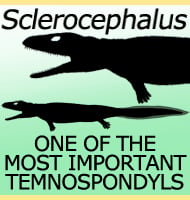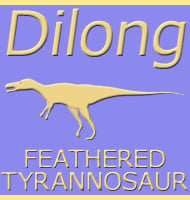In Depth
Although only known from partial skull material Sinoceratops displays features that are seen in both the centrosaurine and chasmosaurine lines of the ceratopsian dinosaurs. Although larger than others of the group, Sinoceratops is considered to be a basal centrosaurine, and its discovery has shed a little more light on ceratopsian evolution. Unfortunately however, until additional fossil material can be recovered, reconstructions are reliant upon comparisons with other better known ceratopsians.
Further Reading
– First ceratopsid dinosaur from China and its biogeographical implications – Chinese Science Bulletin 55: 1631–1635 – X. Xu, K. Wang, X. Zhao & D. Li – 2010.









